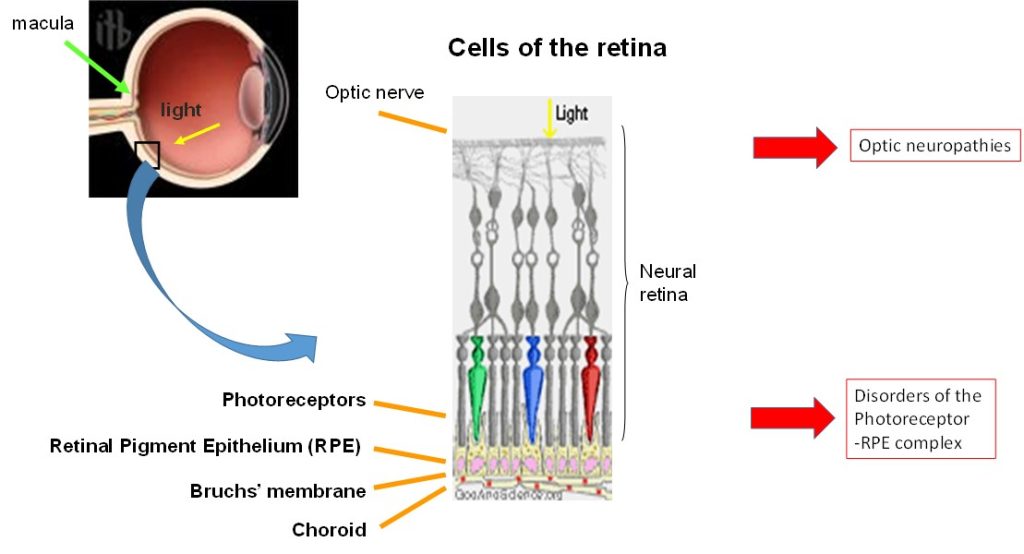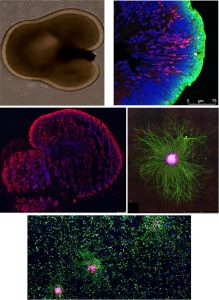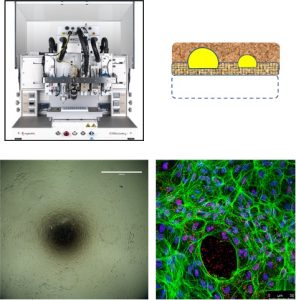 Ophthalmogenetics
Ophthalmogenetics 

The AmsterdamUMC Ophthalmogenetics research group of Prof dr. Arthur A. Bergen, professor of complex genetic eye diseases, focuses on development of innovative pre-clinical research. As a former head of the Ophthalmogenetics department at the Netherlands Ophthalmic Research Institute, subsequently referred to as the Netherlands Institute for Neuroscience (NIN), the foundations were laid for this innovative research.
In addition, an important theme in collaboration with the Ophthalmology department, is the performance of DNA diagnostics for direct patient care and the training of young medical and scientific talent.

Personalized human organoid models-in-a-dish are essential to test or develop new treatments and to generate human tissues for future transplantations. In our research laboratory we have established a state-of-the-art research street called “from gene to patient and back”. Using a skin biopsy and/or blood sample from the patient, we make stem cells, which we then grow up and examine. We use these stem cells to make the different cell types of the retina in a targeted manner.


By combining cell types, 2D and 3D cultures are made. A new development in this is that, since 2020, we can also make these composite cultures with an ultramodern 3D cellular bioprinter. The 3D cultures, mini organs (retinal organoids) are used in basic research to study the (course of the) disease process and the possibility of intervening in this process. Organoids are used to test substances, and perform gene corrections, or gene supplementations. The 2D cultures are also used for this, but are in addition used in transplantation models of various eye diseases in laboratory animals. We follow these animal models with the same medical research equipment as the ophthalmologists use for the patients (SLO, OCT, ERG).
In this way we gather all the necessary knowledge and expertise that ultimately contributes (and has already led) to experimental stem cell therapy, gene therapy and clinical trials for various genetic eye diseases.